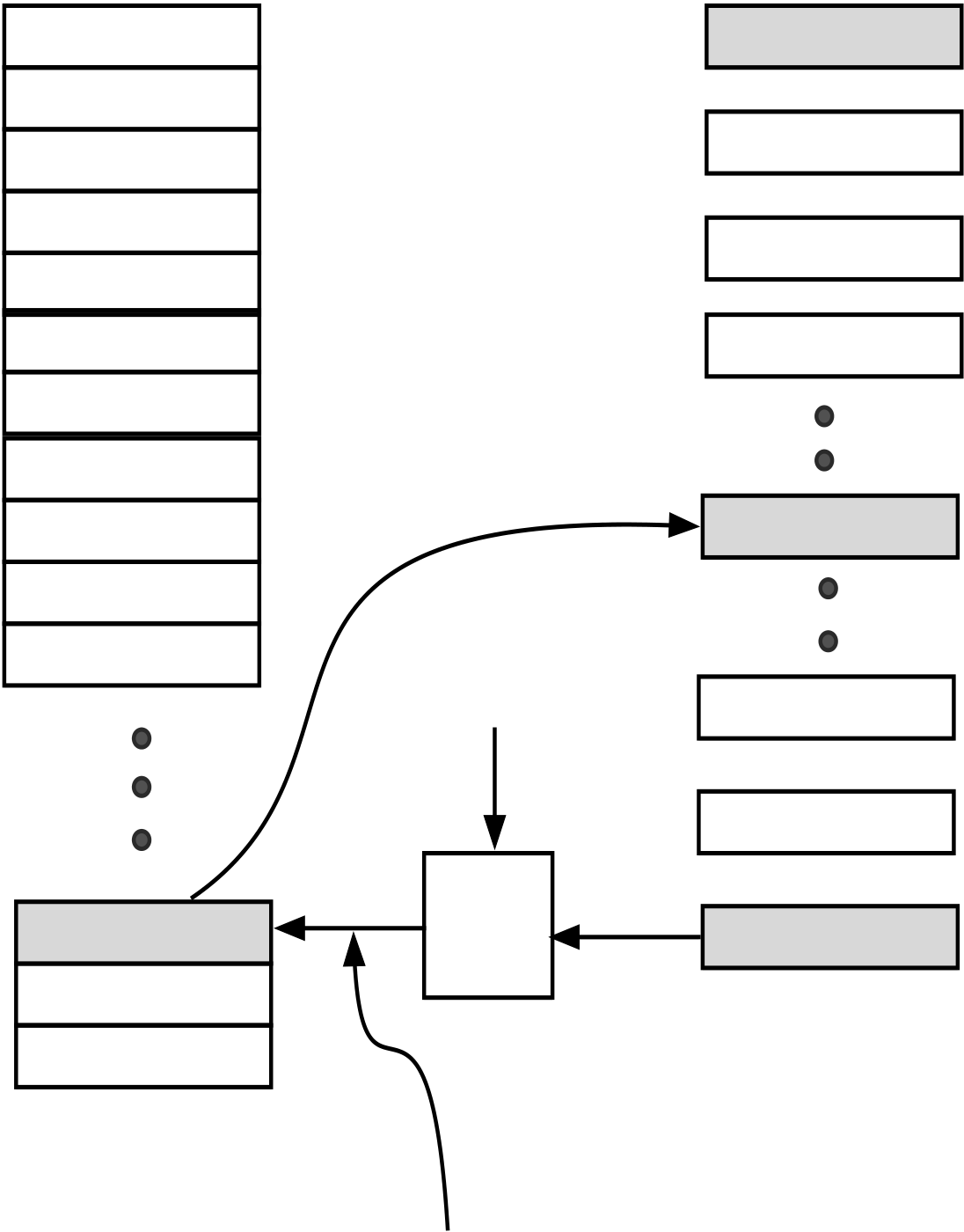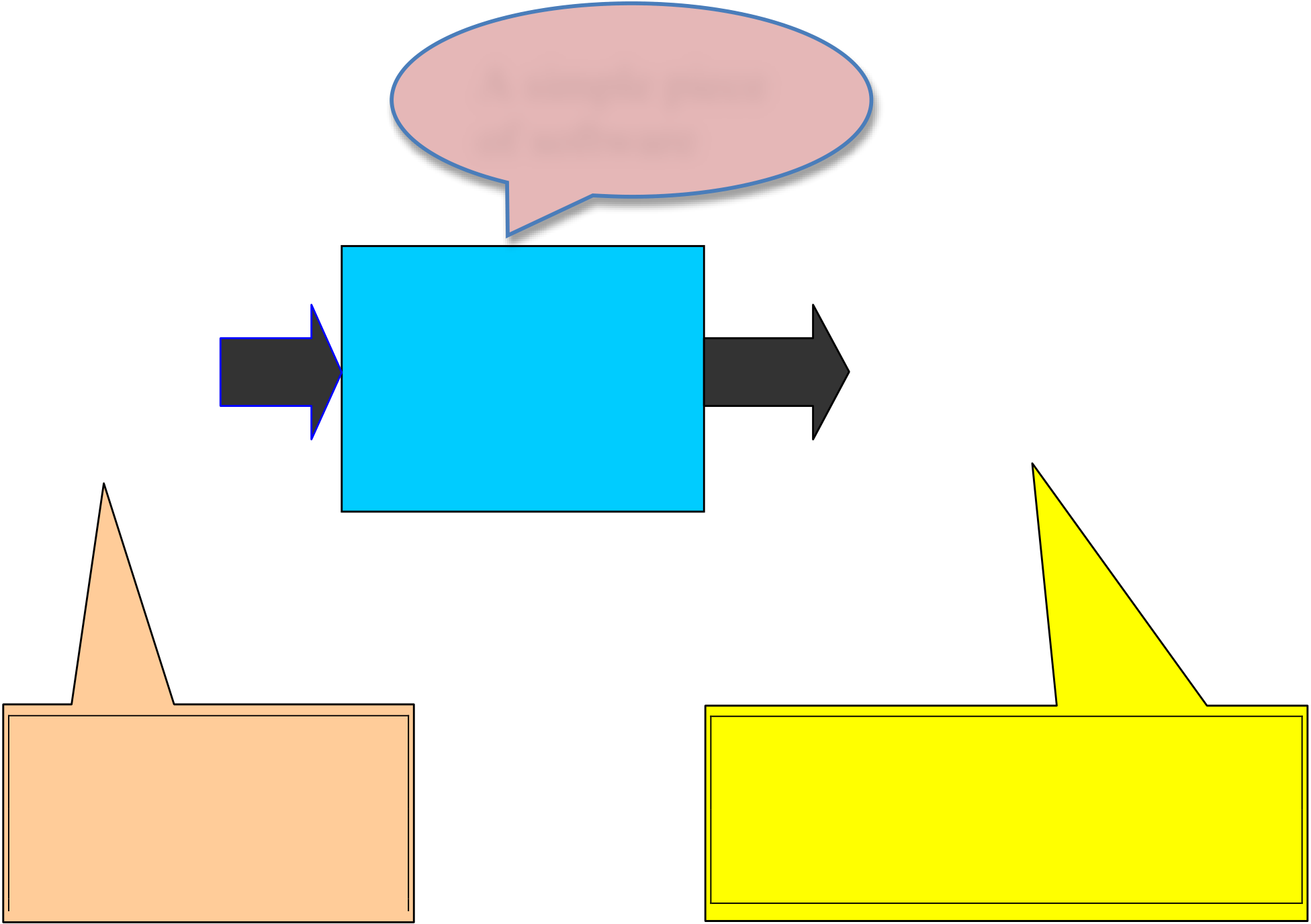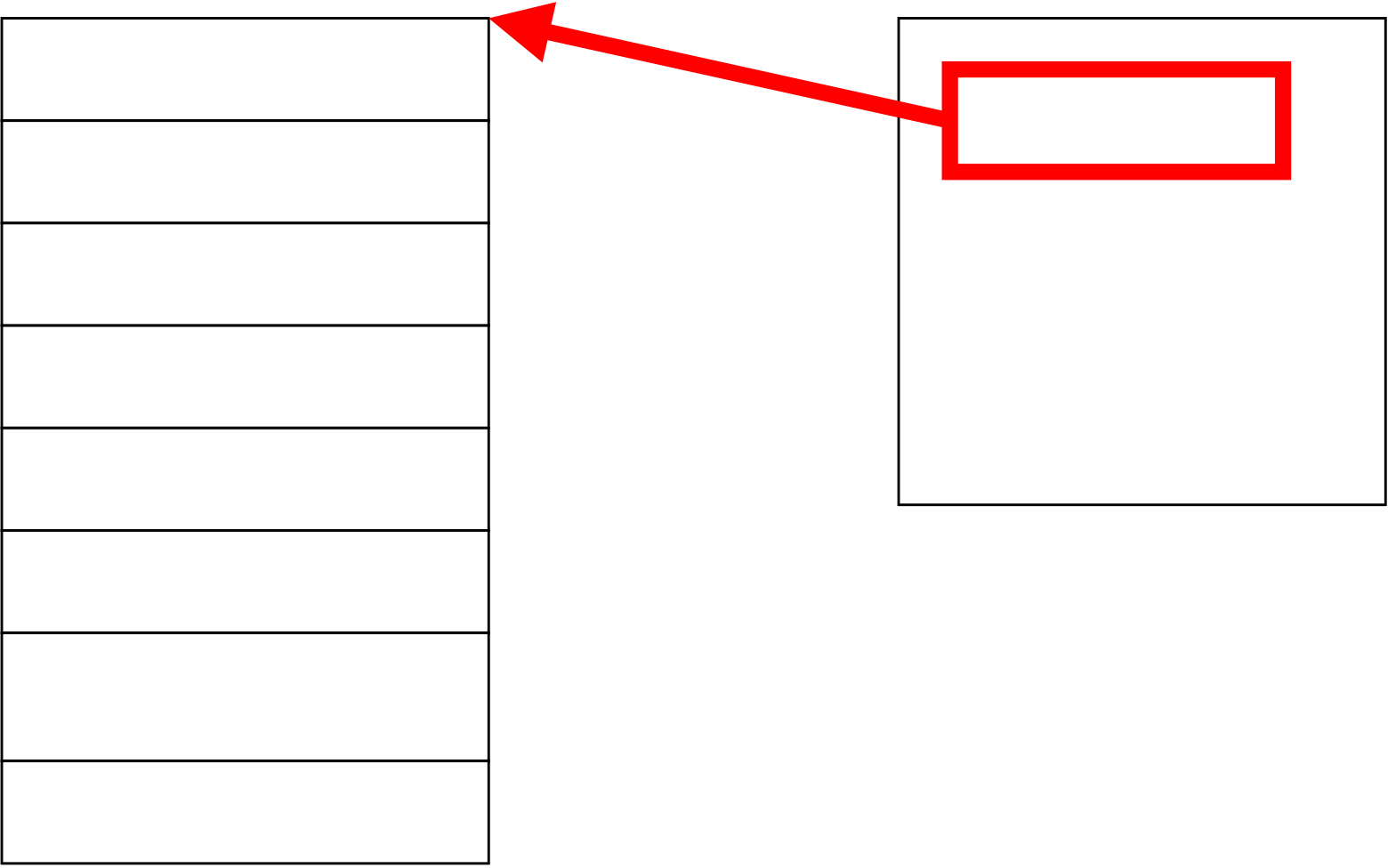Andi and immediate src src dstsll
MIPS registers
|
assembly name | |
|---|---|---|
MIPS insruction formats
Instruction “add” belongs to the R-type format.
| 6 | 5 |
|
5 |
|
|---|---|---|---|---|
| 6 | 5 |
|
5 | 6 |
|---|
The “function” field is an extension of the opcode, and
| 6 | 5 |
|
|
|
|||
lw $t0, 32($s3)
| 6 | 5 | 16 |
|---|

| 0 |
|
REGISTERS | |
|---|---|---|---|
| 0 | |||
| 4 | |||
| 8 | |||
| 12 | |||
| 16 | |||
|
|||
| 20 | |||
| 24 | |||
| 28 | |||
| 32 |
|
||
(LW) LoadWord destination, offset($base register)


lw t0, 32($s3)
add $s1, $s2, $t0Example
move $t0, $t1 # $t0 ← $t1 The assembler will translate it to add$t0, $zer0, $t1
We will see more of these soon.Think about these
Q4. How will you load a constant (say 5) into a register?
(Need the immediate mode instructions, likeaddi)
hexadecimal
means “load the 32-bit constant into register $s0.”
Shift left (logical) sll
Shift right (logical) srl
(s0 = $16, t2 = $10)
| 0 |
|
16 | 4 |
|---|
andi $t2, $s0, 1
This uses I-type format (why?):
| 8 | 16 | 1 |
|---|
Now we have to test if $t2 = 1 or 0
Use bne = branch-nor-equal, beq = branch-equal, and j = jump

|
||
|---|---|---|
|
||
data
MEMORY
Let $s6 store the base of the array A. Each element of A
is a 32-bit word.
Anatomy of a MIPS assembly language program running on the MARS simulator
|
|---|
move $t0, $v0
add $t1, $t0, $t0 sw $t1, res($0)# move the value to $t0 # multiply by 2
# store result in memory





